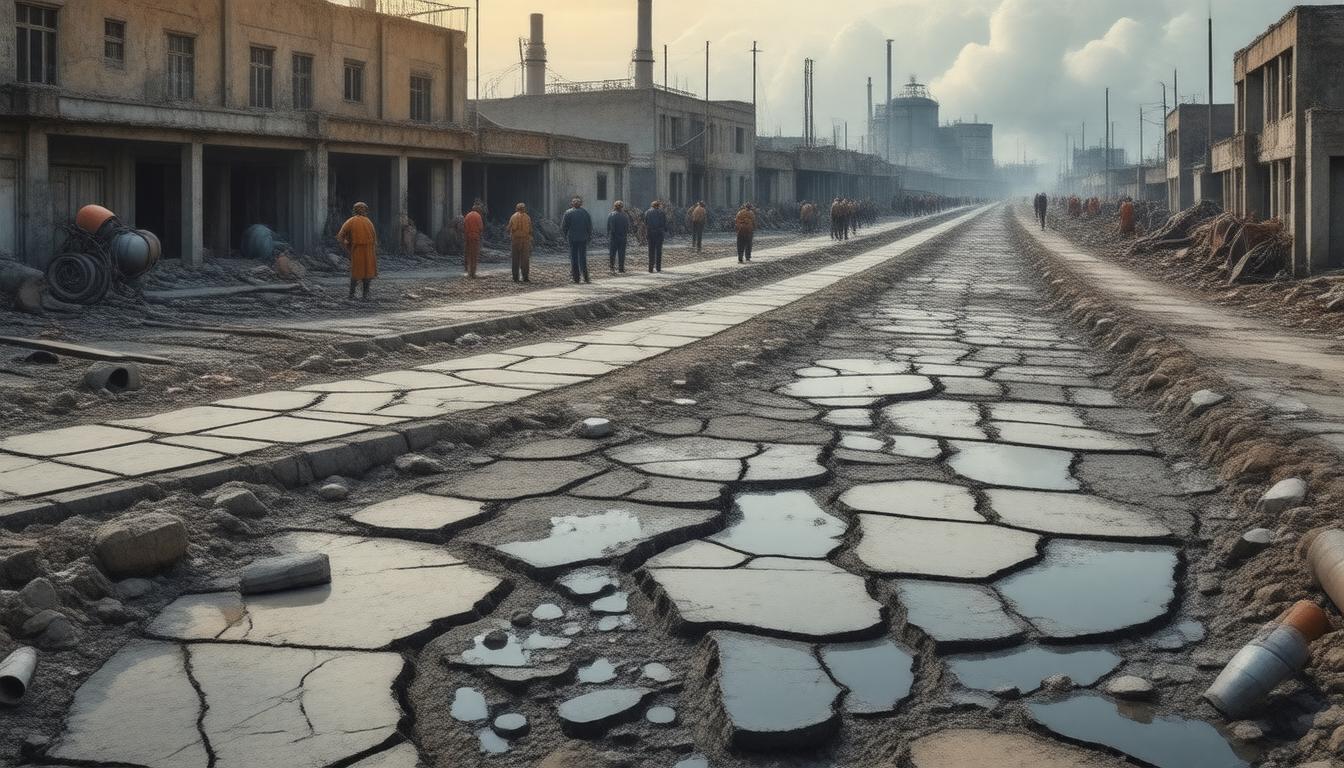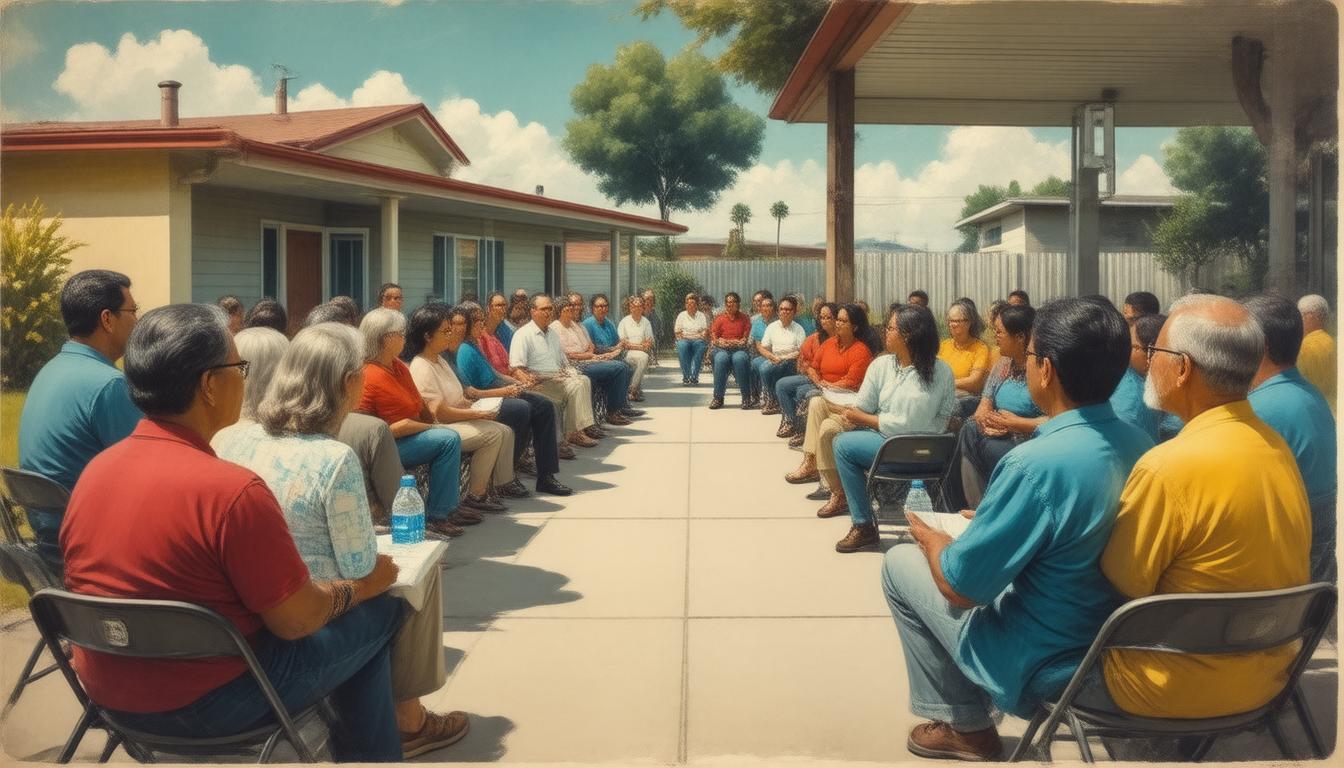

Introduction
Maintaining sewer systems is critical for ensuring public health, environmental protection, and sustaining infrastructure. Sewer systems, by their nature, present a myriad of challenges that require unique solutions to prevent and address issues such as blockages, corrosion, and inefficiency. This article explores some of the most prevalent challenges in sewer maintenance and discusses contemporary solutions that are being applied to mitigate these obstacles.
Challenges in Sewer Maintenance
Blockages and Clogs
One of the most common issues in sewer maintenance is the occurrence of blockages and clogs, typically caused by the accumulation of grease, tree roots, and non-biodegradable objects. These blockages can lead to sewage backups, which not only cause environmental pollution but also pose significant health hazards.
Infrastructure Aging and Corrosion
Many sewer systems, especially in older cities, suffer from aging infrastructure. Pipes made from materials prone to corrosion, such as cast iron or concrete, deteriorate over time which can lead to collapses or leaks. This deterioration not only complicates sewage flow but can also lead to groundwater contamination.
Infiltration and Inflow
Infiltration occurs when groundwater seeps into sewer pipes through cracks, and inflow happens when stormwater enters sewers via improper connections. Both conditions overwhelm the sewer system, leading to overflows and increased treatment costs. These phenomena are particularly problematic in regions with heavy rainfall or high groundwater levels.
Environmental and Health Hazards
Sewage leaks and overflows result in the release of pollutants into local water bodies, significantly impacting aquatic life and water quality. Additionally, exposure to raw sewage poses severe health risks to humans, including infections and diseases.
Solutions to Sewer Maintenance Challenges
Advanced Monitoring and IoT
Implementing advanced monitoring systems and leveraging the Internet of Things (IoT) can significantly improve the management of sewer systems. Sensors and smart devices can detect early signs of blockages, structural failures, or infiltration, allowing for timely interventions.
Trenchless Technology
Trenchless technologies, such as cured-in-place pipe (CIPP) lining and pipe bursting, are increasingly being employed to repair and replace old sewer lines without the need for extensive excavation. These methods are not only cost-effective but also minimize the disruption to traffic and the environment.
Root Control and Grease Management Programs
To combat the challenges of roots and grease buildup, many municipalities have initiated root control and grease management programs. These programs involve the regular application of herbicidal foams to inhibit root growth and the installation of grease traps in restaurants to prevent fats, oils, and grease from entering sewer systems.
Public Education Campaigns
Public education campaigns are crucial in reducing the amount of inappropriate waste entering the sewers. Informing the public about the consequences of flushing non-degradable items, such as wet wipes and certain sanitary products, can significantly decrease the incidence of blockages.
Conclusion
Maintaining an effective sewer system is critical for urban health and environmental sustainability. By implementing innovative technologies and strategies, such as sophisticated monitoring systems, utilizing trenchless repair methods, and engaging the public in education campaigns, municipalities can overcome the daunting challenges presented by aging and vulnerable sewer infrastructure. Continued investments and adaptations in response to emerging issues will be essential to ensure the reliability and safety of these fundamental systems.







